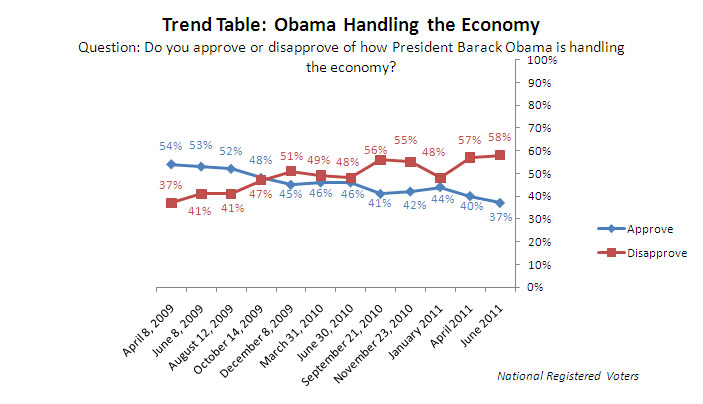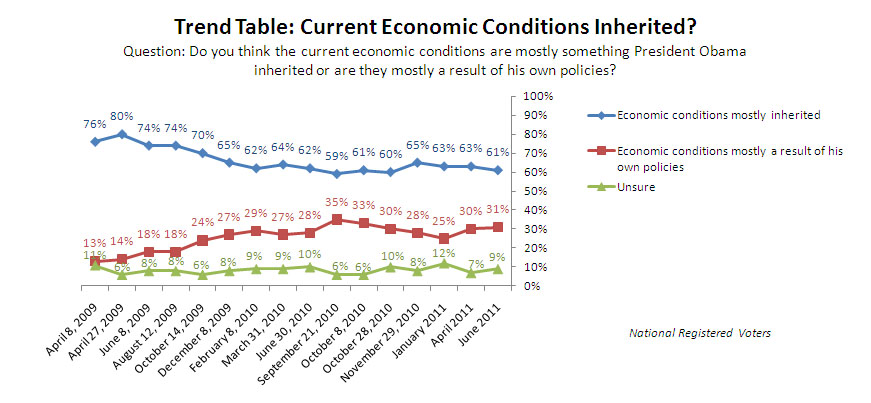By Daniel Downs
The current debate in Washington over increasing the debt ceiling is one of perspective. The federal government, like the rest of us, spends nearly twice as much as its income. The difference between the bureaucrats and us is many American don’t keep increasing their debt to pay for it. Washington bureaucrats apparently disagrees. Yet, it seems they also believe serious spending cuts are in order.
The confusion may lie in the political rhetoric. Washington bureaucrats want us to believe they believe spending cuts are necessary while they silently increase spending to compensation for the so-called spending cuts. In other words, politicians must raise the debt ceiling again to pay for the increases in spending in order to cut spending that will balance the national accounts. The end result thus will be tax and spend as per plan.
According to a recent Gallup Poll, most Americans would not like the above plan. “Republicans … tilt heavily in favor of reducing the deficit primarily if not exclusively with spending cuts (67%) as opposed to tax increases (3%). Fifty-one percent of independents share that preference. Democrats are most inclined to want equal amounts of spending cuts and tax increases (42%), though more favor a tilt toward spending cuts (33%) than tax increases (20%).”
The problem with the Gallup Poll is the deficit. The deficit is the difference between spending and income. Yet, the underlying problem is not the deficit. It is the continued borrowing to pay on the ever-increasing debt.
And, if Washington Bureaucrats would stop trying to tell us how to spend our money for such things as health care, televisions and light bulbs, the federal government could cut spending by hundreds of millions if not billions. One small example is light bulb regulations. The Congressional Budget Office (CBO) estimates a $30 million reduction in federal spending the regulation requiring only the manufacture and consumption of the new squiggle-looking, mercury containing, energy efficient light bulbs were eliminated.
Besides all that, Michelle Bachmann claims the government already has enough revenue to pay on its debt. Her logic is reasonable. The rest of us don’t seek more debt to pay for more debt. We are supposed pay down the debt before get new loans–Treasury I.O.U.s, Fannie Mae backed mortgages, and the like. As the position of those she represents, politicians and their professional cronies must quit trying to spend America’s money it does not have. Such behavior seems to approach something similar to taxation without representation about which the Feds are expert practitioners.


